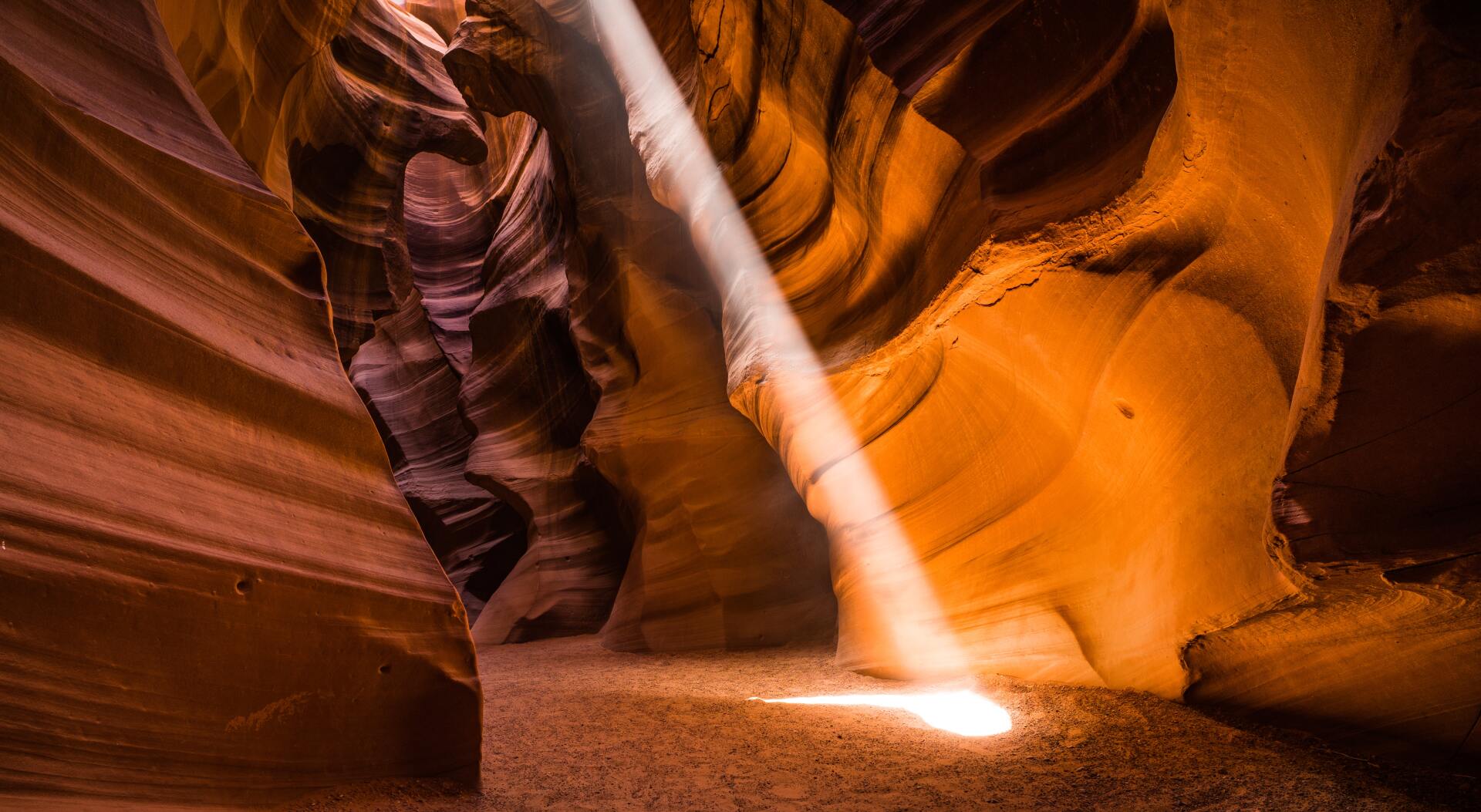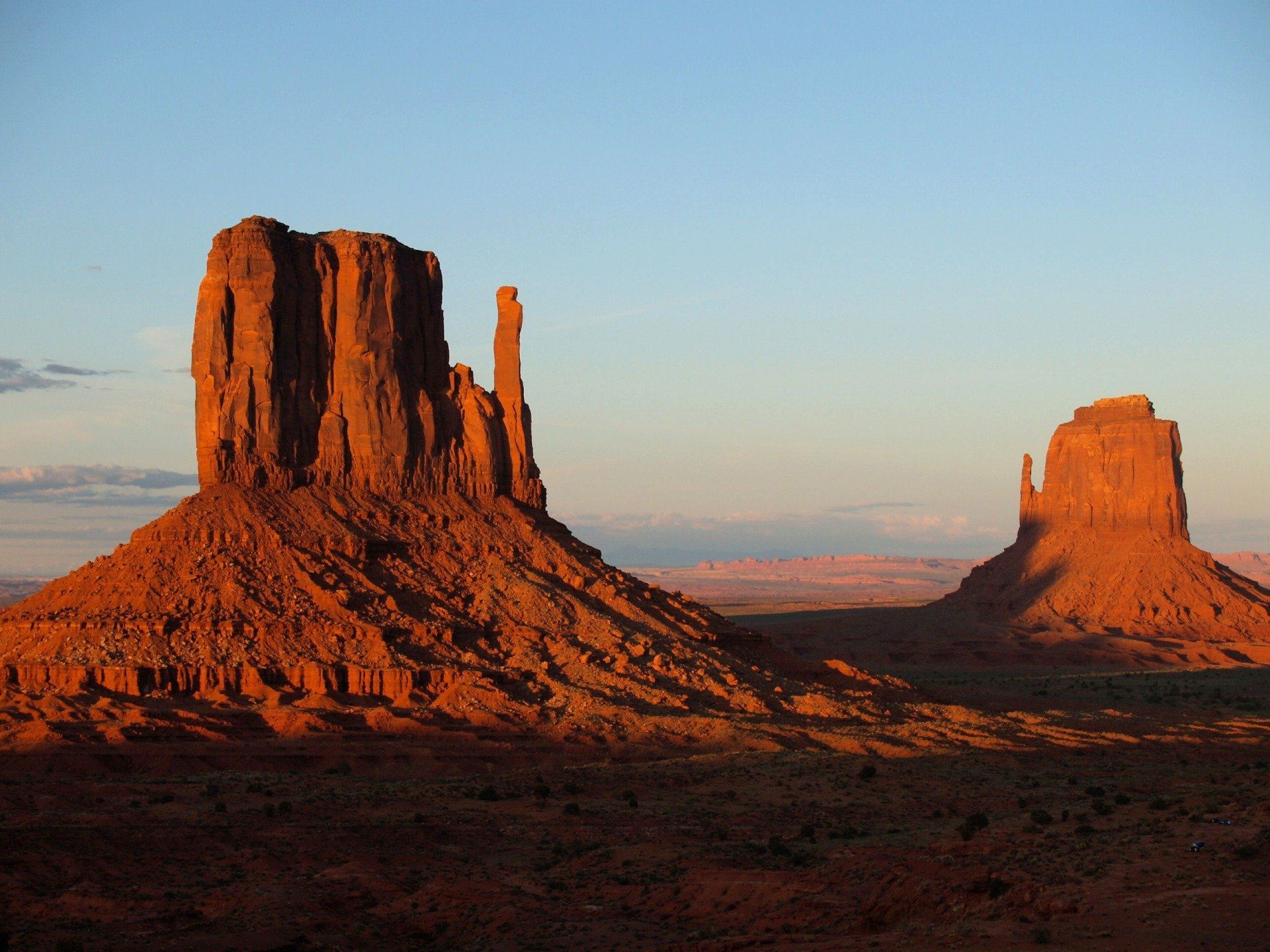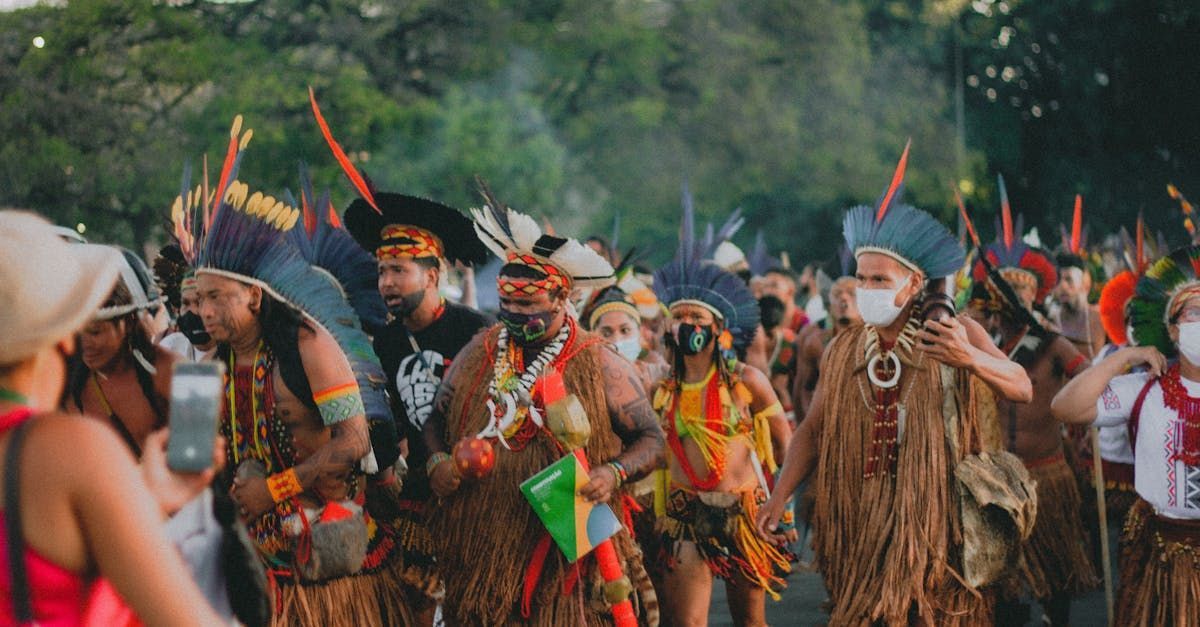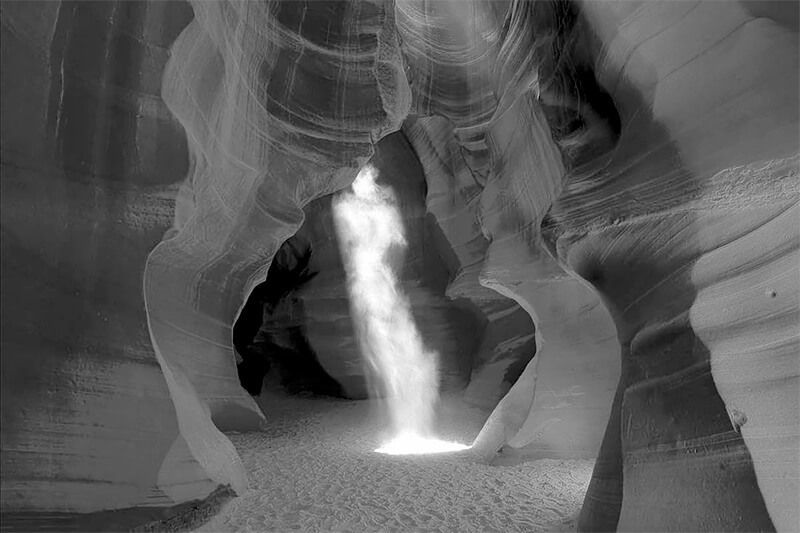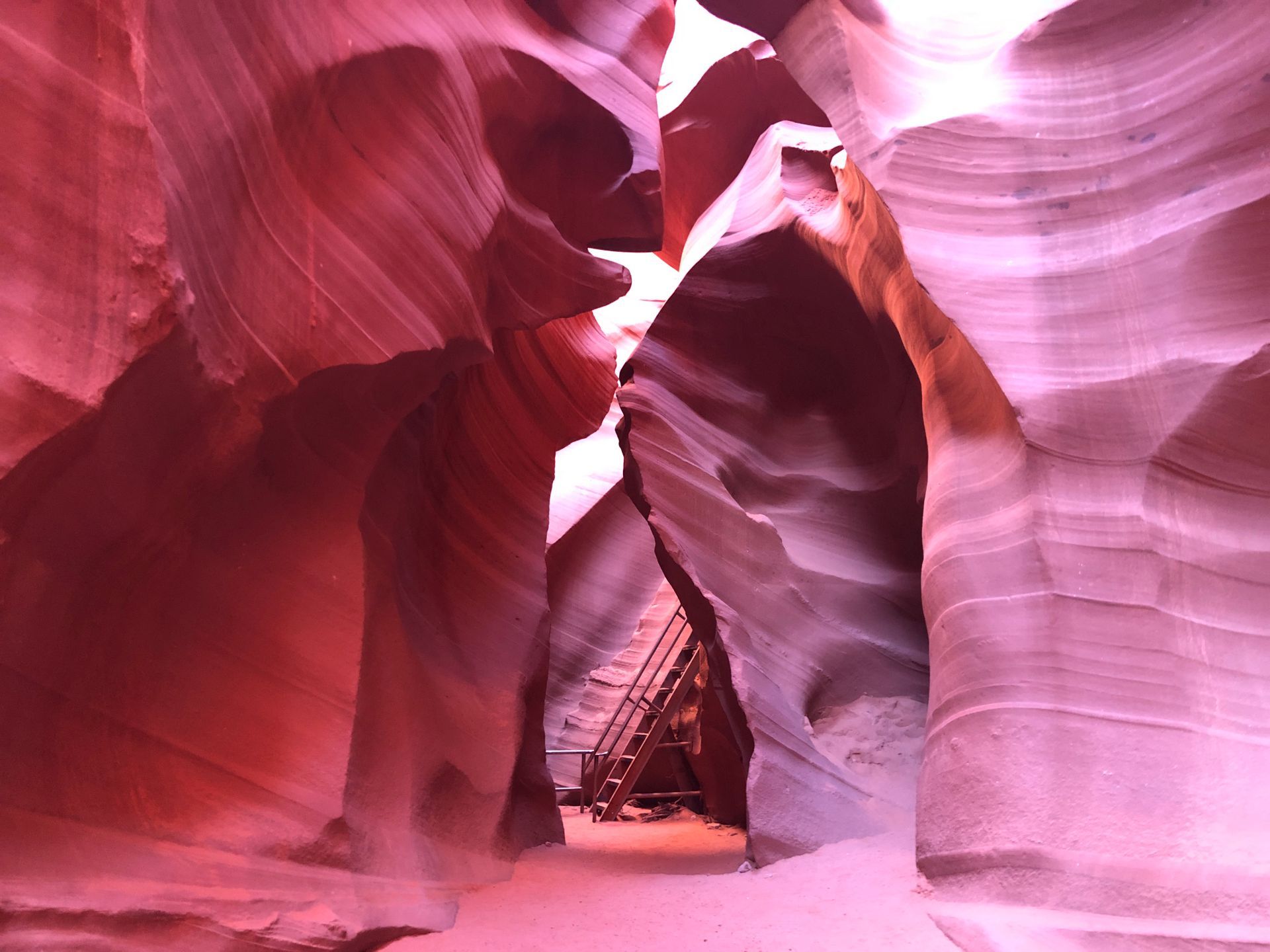Know before Visiting Horseshoe Bend
Before You Go: What to Know About Visiting Horseshoe Bend
Horseshoe Bend is one of the most iconic and breathtaking natural wonders in the United States. Located near Page, Arizona, this stunning meander of the Colorado River draws visitors from all over the world. Before you embark on your journey to witness this awe-inspiring sight, here are some essential things to know to make your visit to Horseshoe Bend enjoyable and safe.
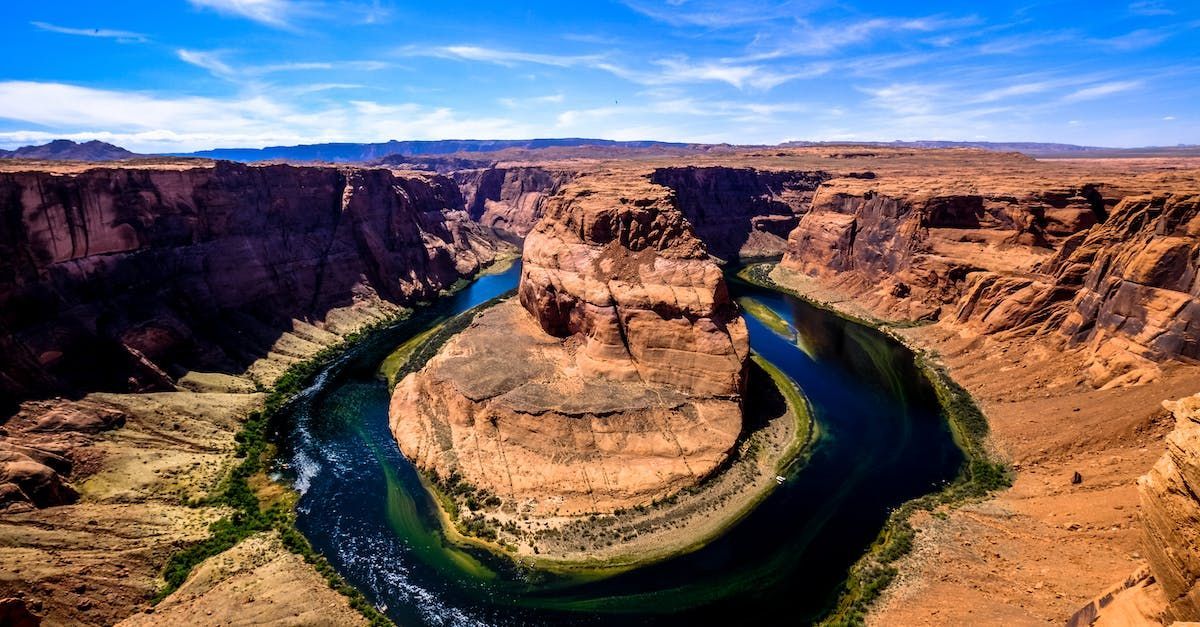
1. The Location and Accessibility
Horseshoe Bend is situated approximately five miles downstream from the Glen Canyon Dam and Lake Powell in Page, Arizona. The site is easy to reach by car, and it's just a short walk from the parking area. The trailhead is off U.S. Route 89, and you'll find it well-marked. The walk to the overlook is about 0.7 miles, making it accessible to most visitors.
2. Weather and Seasonal Considerations
The weather in Page, Arizona can be extremely hot during the summer months, with temperatures often exceeding 100°F (37°C). It's crucial to be prepared with plenty of water, sunscreen, a hat, and lightweight, breathable clothing to stay comfortable while exploring the area. Winter months can be milder, but it's always best to check the weather forecast before your visit.
3. The Best Time to Visit
The most popular times to visit Horseshoe Bend are during the spring and fall when the weather is more temperate. Sunrise and sunset are also fantastic times to witness the bend's beauty, as the light enhances the red rock formations and the river's colors. Avoid midday visits when the sun is high and temperatures are scorching.
4. Entrance Fee and Parking
In September 2021, there is an entrance fee to access Horseshoe Bend. Visitors should check with local authorities or the official website for the latest information regarding fees and parking.
5. Safety at the Overlook
The Horseshoe Bend overlook doesn't have guardrails or barriers. While this allows for unobstructed views, it also means you should exercise caution when approaching the edge. Keep a safe distance and be mindful of your footing, especially if you're taking photos.
6. Photography Tips
Horseshoe Bend is a photographer's paradise. If you're a photography enthusiast, remember to bring your camera gear. A wide-angle lens is excellent for capturing the entire bend. Be sure to use a lens hood or your hand to block the sun's glare when taking pictures.
7. Leave No Trace
Respect the environment by following the Leave No Trace principles. This means packing out all your trash, staying on designated paths, and refraining from picking plants or disturbing wildlife. The fragile desert ecosystem needs protection to remain pristine.
8. Plan Your Visit
Horseshoe Bend can get crowded, especially during peak tourist seasons. To avoid the crowds, consider visiting early in the morning or later in the evening. Also, it's a good idea to arrive early to secure a parking spot, as the lot can fill up quickly.
9. Nearby Attractions
While in the Page, Arizona area, take advantage of the opportunity to explore other nearby attractions, including Antelope Canyon, Lake Powell, and the Glen Canyon Dam. These destinations offer more natural beauty and outdoor adventures.
10. Respect Local Regulations
Horseshoe Bend is on land managed by the National Park Service. Ensure you're familiar with the park's rules and regulations to have a safe and respectful visit.
Horseshoe Bend is a natural wonder that will leave you in awe of its beauty. By keeping these essential tips in mind and respecting the environment and fellow visitors, you'll have a memorable and enjoyable experience at this remarkable location.
OPTIONAL ACTIVITIES
- Secret Antelope Canyon and Horseshoe Bend Tour from Page
- Trio Upper & Lower Antelope Canyon and Horseshoe Bend Tour from Page
- 1 Hour Horseshoe Bend Trail Ride from Page
- 1-Day Tour From Las Vegas: Antelope Canyon, Horseshoe Bend with Kayak at Lake Powell
TIME CHANGE
Don't forget to change your watch!
All times mentioned on the page and confirmations are in ARIZONA TIME (Summer time: Same time as Pacific Time; Winter time Same time as Mountain Time. - No Daylight Saving Time - Not Utah Time - Not Navajo Nation Time). Because the Utah State Line is less than 7 miles away, cell phone towers from Utah (and the surrounding Navajo Nation) often will be the wrong time! Do yourself a favor and do like the locals do: Manually set your cell phone to PHOENIX, AZ time.
Share with Friends

